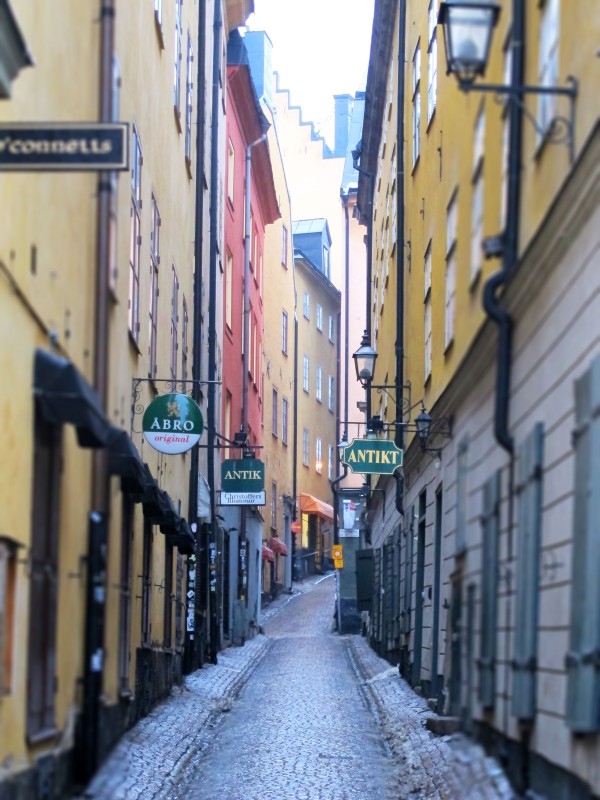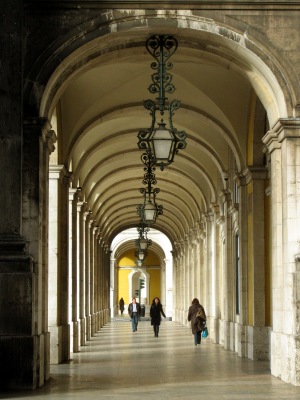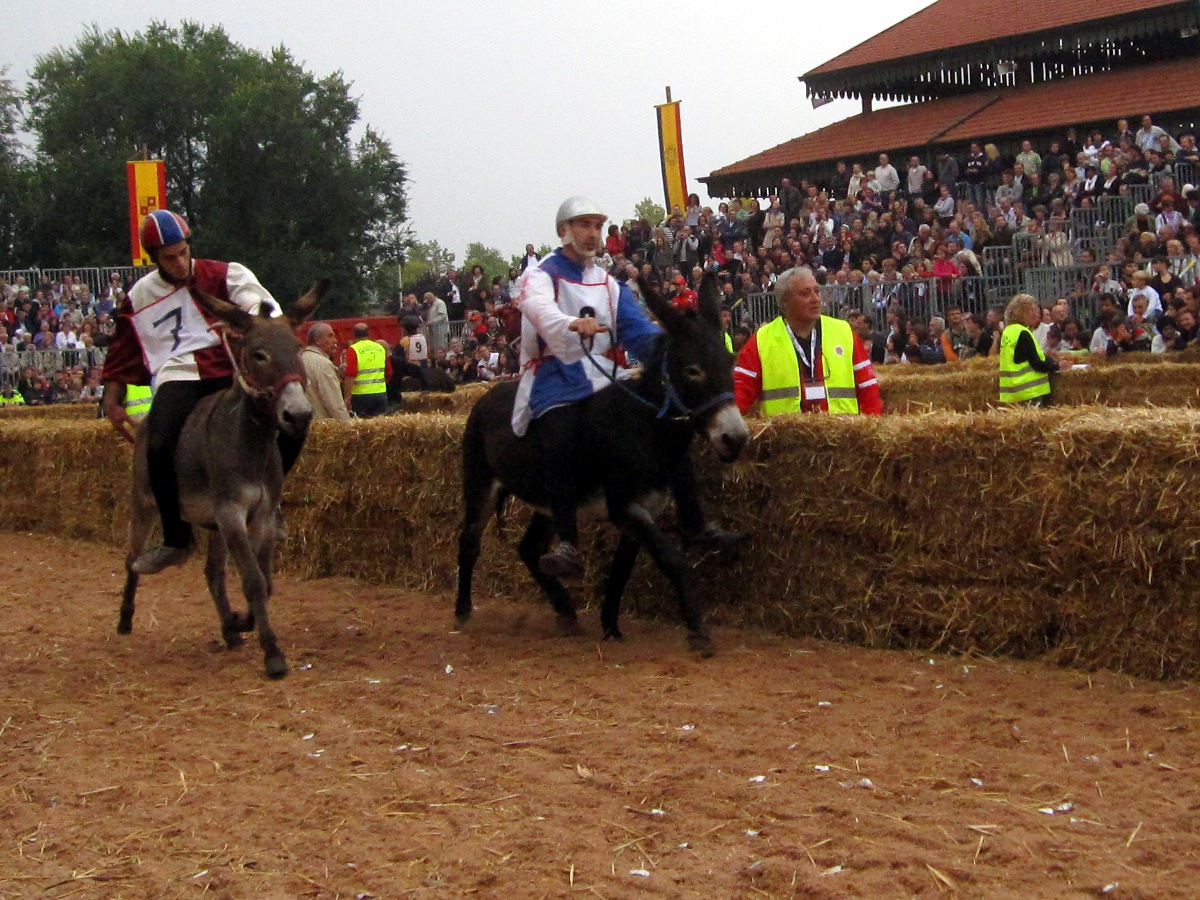
Sweden’s most well-known exports today are IKEA furniture and H&M clothing, which means my impression of the country is one of sleek modernism. Naturally, Sweden does have a history and is rightfully proud of its past accomplishments, I’ve simply never bothered to learn anything about them. So when I began researching this trip, I was a bit surprised at all the recommendations to see the Royal Palace. To be honest, before this trip, I didn’t even know Sweden still had a royal family. It seems a rather archaic institution to support (the state still funds them partially), though I guess the tourism benefits now outweigh any concerns about the monarchy trying to regain control. (More below.)
Many of Stockholm’s tourist attractions are concentrated on the island of Gamla Stan, or Old Town. Within these winding, medieval lanes, you’ll find the Royal Palace, the Riddarholmskyrkan Cathedral, the Nobel Museum and more. The Royal Palace entrance fee is a bit steep (150 SEK/$23 for adults or 75 SEK for students), however you do get entrance to three attractions: the Royal Apartments, the Treasury and the Tre Konor (Three Crowns) museum. Photos are not allowed in any of the Royal Palace exhibits, so I had to content myself with taking photos outside.
The changing of the Royal Guard takes place at noon each day, and while it was not as showy as say, the India-Pakistan border guard changing, it’s still fun to watch if you happen to be in the area. One thing I noticed was there were at least two female members, the first time I’ve ever seen women as part of a royal guard. I did a little bit of Googling and couldn’t figure out if Sweden was the first to do this, but at any rate they win points for being progressive!
I jumped into an English-language tour of the Treasury and learned the following tidbits on Sweden’s medieval history:
- The Royal Regalia includes 5 items (listed in order of importance): sword, crown, scepter, key and orb
- Tre Konor (Three Crowns) is the name of the original royal castle that was destroyed in a fire in 1697. The Swedish Coat of Arms also includes three crowns on it. Why three? One leading theory is that the three crowns represent the three parts of Sweden (Sweden, Norway and Denmark). That’s right, far from being amiable pacifists, the Swedes were out to conquer everything they could get, especially their neighbors. Another theory is that the crowns represent the three Wise Men, thus symbolizing the divine right of the king to rule.
- In Sweden, the absolute monarchy was outlawed in 1720. But like a zombie attack, the old kings and queens constantly plotted to regain power again, and did so successfully in 1772. King Gustav III introduced the Union and Security Act to fully restore the royal autocracy in 1789 (when the French Revolution began).
- Sweden’s queens seem to be more colorful and strong-willed than the kings. My favorite is Queen Louisa Ulrika, who was a pen pal of Voltaire, and highly annoyed by her mild-mannered husband, who was uninterested in getting more power. So in 1756, Queen Louisa Ulrika removed 44 diamonds from her crown and shipped them to Berlin to get funding to stage a coup d’etat. Unfortunately, she was found out, and many heads were beheaded except for hers, since the Queen was more or less beyond the law.
- The Coronation Robe is ruby red (the color of royalty) with ermine fur trimming because it was thought that ermines would rather kill themselves than get their fur dirty.
- In 1980, the constitution was reformed such that the oldest child would become the next King or Queen, not the oldest son. That meant Princess Victoria became next in line for the throne, not her younger brother Prince Carl Philip, who was about 6 months old at the time.
- None of these regalia items are actually used or worn nowadays, other than for ceremonial purposes like christenings and funerals. In those cases, the crown is placed on a pillow.
Continue reading Historic Sweden: Royal Palace, Skansen, Vasa Museum








